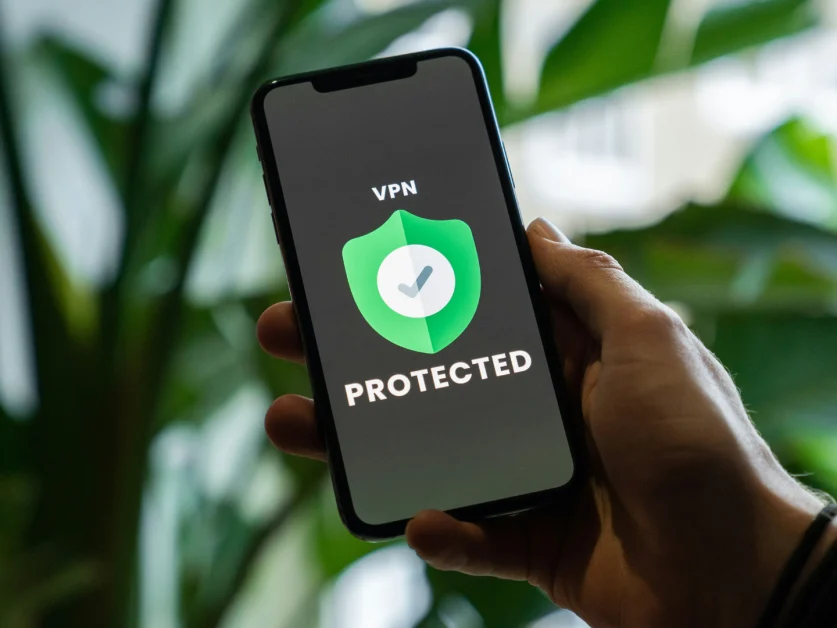Cybersecurity (or cyber security) is the set of actions to protect networks, systems, data or electronic devices against cyber attacks and virtual threats.
These actions are of utmost importance for governments, companies and users to ensure the protection of confidential data and connections, through technologies, software or strategies.
In practice, cybersecurity has the role of preventing hacker intrusions, responding to cyber attacks or repairing systems and networks that have been compromised.
Below, you can better understand what cybersecurity is, and learn about the main areas of activity for professionals in the field.
What does cybersecurity mean?
The word “cybersecurity” is the union of the terms “cyber” (which comes from cybernetics, that is, the use of technology and automatic control systems) and “security”.
Cybersecurity consists of the practice of protecting networks, systems, devices, software and sensitive data against cyber attacks, virtual threats and unauthorized access.
Through actions or technologies, cybersecurity aims to guarantee the reliability, integrity and confidentiality of digital information, in addition to ensuring the availability of systems even in the face of vulnerabilities that attempt to deny service.
Other protection missions involve authenticity and non-repudiation, as cybersecurity verifies the identity of users and ensures that involved parties cannot deny the authenticity of an action.
In addition to preventing and combating cyber attacks, cybersecurity can also play a role in repairing or restoring the integrity of systems that have suffered attacks or invasions.
What is a cyber vulnerability?
Cyber vulnerability refers to any flaw in networks or systems that can be exploited by cybercriminals. These gaps can allow hackers to perform unauthorized actions, access sensitive data, or even bring down the system.

Examples of cyber vulnerabilities include software flaws or bugs, insecure network protocols, weak passwords, lack of security updates, or problems in system design and architecture.
It is worth noting that falling for social engineering scams also opens the door to hackers, giving them access to devices to steal data and install malware, among other criminal activities.
What are the most common cyber risks?
Cyber risks can involve malicious files to infect victim devices or tactics used for cybercrime . The main threats include:
- Malware: refers to malicious software or code designed to invade, damage, or perform unauthorized actions on a device;
- Ransomware: a type of malware capable of blocking all operations on a device, and which is generally used to extort victims;
- Computer virus: A type of malware designed to replicate itself and spread from one device to another by inserting its own copies into programs, files, or even the boot sector of a hard drive;
- Phishing: a technique for data collection scams that tricks victims into entering confidential information into fake emails or web pages;
- Social engineering: manipulation technique that exploits human error to obtain private information, access or valuable objects;
- Denial of Service (DoS/DDoS) Attacks: Also known as DDoS attacks, these are attempts to take a server, service or infrastructure offline by overloading its capacity limits;
- Data leak: security incidents that expose sensitive and confidential data through unauthorized access;
- Spoofing: This type of hacker attack in which the cybercriminal pretends to be another person or a legitimate company to steal data, hack into systems and spread malware;
- Software or hardware exploit: programs or code designed to exploit security flaws in a program, network, or system.
What are the main areas of cybersecurity?
The cybersecurity sector can be divided into several groups and subgroups. Some of the main areas are:
- Network security: sector responsible for ensuring the protection and integrity of computer networks;
- Cloud security: area responsible for protecting cloud-based assets, infrastructures, data and services;
- Information security: a comprehensive area that establishes practices and technologies to protect the integrity and confidentiality of data;
- Endpoint security: sector responsible for protecting desktops, laptops, mobile devices, servers and networks that use terminals as an entry point;
- Critical Infrastructure Security: branch focused on security processes and solutions for networks and systems of critical infrastructure organizations (such as communications, energy, transportation and the public sector);
- Application security: an area that guarantees the security of applications from development, with the use of security tests (Pentest) to identify possible vulnerabilities;
- Identity and Access Management (IAM): field focused on managing the digital identities of users, devices and systems;
- Governance security: an area of cybersecurity that combines practices, policies and regulations applicable to the organization’s objectives.
What are the main tools used in cybersecurity?

Any software or practice that focuses on preventing or combating cyberattacks can be classified as a cybersecurity tool. Some of the main applications include:
- Firewalls: A computer network security system that limits incoming, outgoing, or exchanged traffic within a private network.
- Antivirus: Software designed to detect, prevent, and remove malware, including viruses, worms, trojans, ransomware, spyware, and adware.
- VPN: technology that allows you to create a secure and encrypted connection between a device and a private network;
- Cryptography: A method of encoding messages or information so that only authorized parties can access it.
- Two-factor authentication (2FA): a security method that requires two distinct forms of verification (such as a code via SMS or email) to access an account or system;
- Identity and Access Management (IAM) solutions: processes that ensure the management of identities and access permissions to the system;
- Pentest: controlled simulations of cyber attacks to identify vulnerabilities in networks, systems or applications.
What does a cybersecurity professional do?
A cybersecurity specialist is responsible for protecting systems, networks, and data from cyberattacks. As a result, their responsibilities include developing secure software, monitoring, and even investigating incidents, depending on the role.
Positions such as security engineer and security architect are responsible for developing systems that ensure data protection and combat threats. A security analyst is responsible for monitoring incidents and evaluating network or system protection, for example.

Digital forensics experts aim to investigate cyber incidents and detect possible causes, while a security consultant helps develop strategies or measures that strengthen the protection of a given organization’s systems.
In short, each cybersecurity position will focus on specific tasks to ensure protection against cyber threats.
What is the difference between cybersecurity and information security?
Information security is a broader field that focuses on protecting all types of data (whether digital or physical).
Cybersecurity is a kind of subset of information security, whose work is aimed at protecting networks, systems and data against cyber attacks and virtual threats.

